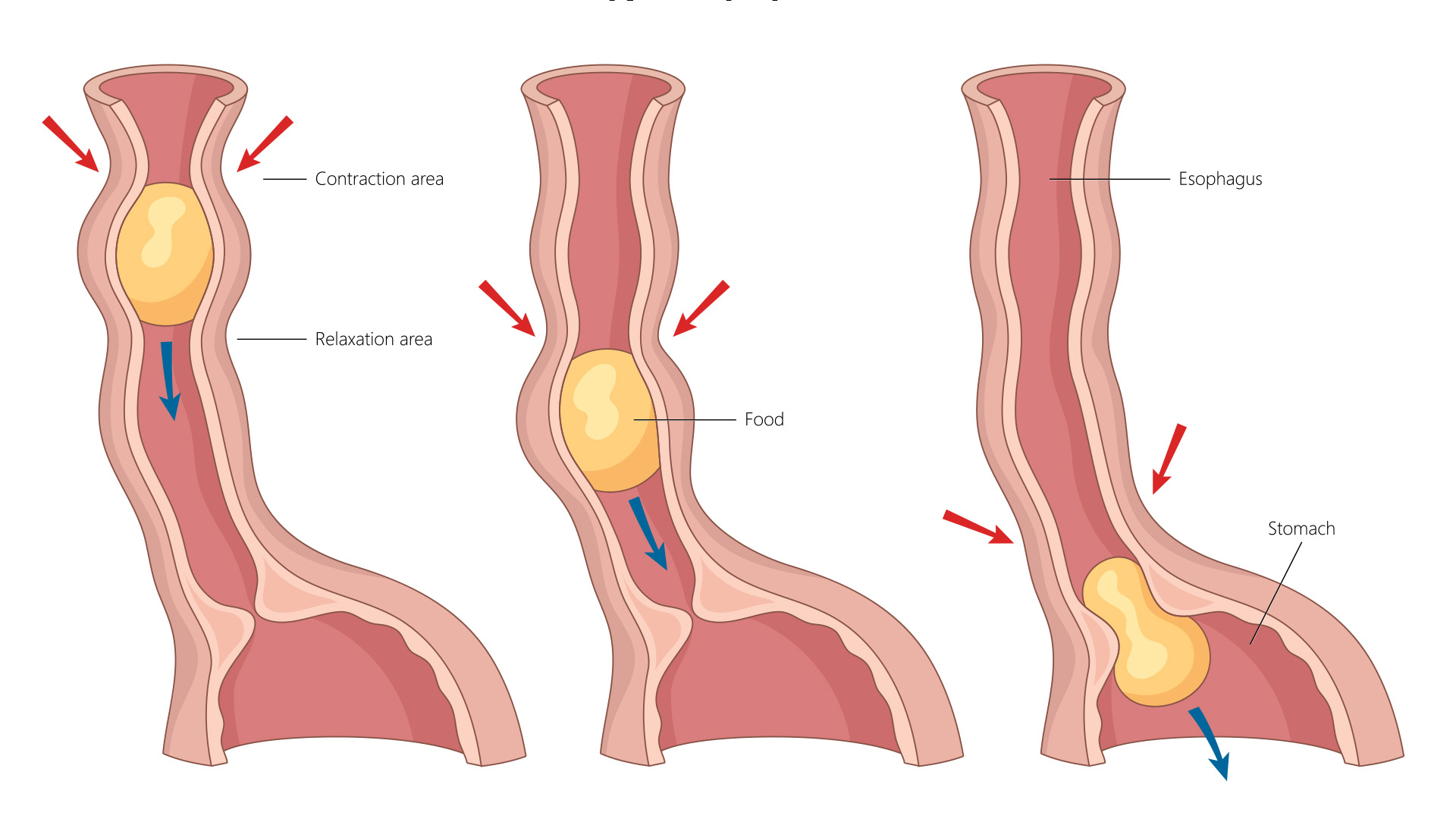Vaccines, variants and vigilance — here’s how to navigate this
flu season›››
Esophageal math
How your food tube works in numbers couldhelp doctors treat swallowing disorder 7 Oct 2025

For most human beings swallowing food and water is as natural as breathing. We take the stretchy tube that transports food from the mouth to the stomach for granted.
The best-case scenario is the tube moves in peristalsis (smooth, wave-like contractions), pushing food down effortlessly. But sometimes the system malfunctions and food is met with tube spasms, weaker pushes, pushes so strong they are painful (jackhammer esophagus) or a full halt (achalasia) at the lower esophageal sphincter — the gateway to the stomach.
A team of researchers from Kyushu University, however, has created a simulation model that emulates how the esophagus functions when it’s working properly and what happens when it isn’t.
The mathematical model acts like a virtual esophagus that can mimic normal and abnormal patterns by adjusting the dials representing nerves, muscle reactions and timing. Almost like a flight simulator for the esophagus.
This simulator offers doctors and scientists a look into why things sometimes go wrong in the esophagus while allowing them to test ideas safely and experiment with how minute changes might lead to real-world disorders.
The research aims to be a catalyst for diagnosis and fine-tuning treatments for those with swallowing disorders.
More like this: Tiny tech, rapid antibody mapping
Get the latest articles, news and other updates from Khalifa University Science and Tech Review magazine
